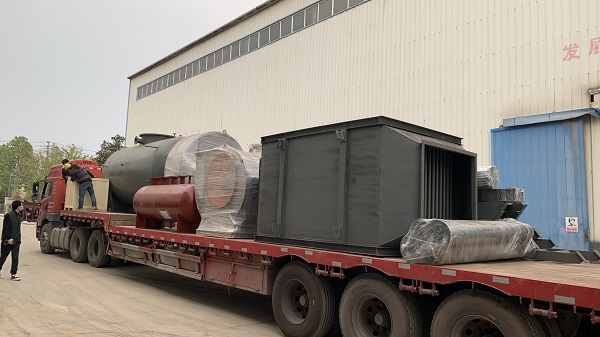Guide: Natural gas is the main fuel for gas-fired boilers. Because of its environmental protection, cleanliness, and easy storage and transportation characteristics, it has been promoted as a boiler fuel. The forms of natural gas are diversified, including pipeline natural gas, liquefied natural gas and compressed natural gas.
Natural gas is the main fuel for gas-fired boilers. Because of its environmental protection, cleanliness, and easy storage and transportation characteristics, it has been promoted as a boiler fuel. The forms of natural gas are diversified, including pipeline natural gas, liquefied natural gas and compressed natural gas. 1. Definition of natural gas
Refers to the mixture of hydrocarbons and non-hydrocarbon gases naturally stored in the formation. The main components are CH4 methane (85%) and a small amount of ethane (9%), propane (3%), nitrogen (2%) and butane ( 1%) The composition is colorless, odorless, non-toxic, and a small amount of nitrogen, oxygen, carbon dioxide and sulfide. Since the combustion products are almost only carbon dioxide and water, there is almost no pollution. The carbon dioxide produced is only 40% of coal, and its calorific value 8500 kcal/m3, so it is widely promoted.

2. Natural gas classification
1. Biogenic gas: organic matter mainly composed of herbaceous humus-sapropel humus is produced by methane bacteria in a suitable acid-base and hypoxic environment. It has characteristics of methane content and more than 98%. It is also called gas field gas. Dry gas or pure natural gas, 10 trillion cubic meters of gas fields in Siberia, discovered in Qaidam and Shanghai, similar to the production process of biogas
2. Oil-type gas: The natural gas formed with oil during the thermal degradation of sedimentary organic matter, especially sapropel organic matter into oil, is called oil-type gas, including moisture (oil-associated gas), condensate gas and cracked gas, typical Is the Sichuan Basin
3. Coal-type gas: Natural gas generated by thermal evolution of coal-based organic matter (including dispersed organic matter in coal seams and coal-measure strata) is called coal-type gas. Coal-type gas can also form super large gas fields. Among the 26 large gas fields that have been discovered in the world, there are The 16 coal-type gas fields account for 60% of the total, and the reserves account for 72.2%. From lignite→bituminous coal→anthracite, the volatile content is reduced from about 50% to 5%. These volatiles mainly escape in the form of gaseous products such as CH4, CO2, H2O, N2, NH3, and are the basis for the formation of coal-type gas.
4. Inorganic genesis: fusion reaction of deep magma activity in the earth, reacting with hydrogen in the original atmosphere to generate methane, CO2+H2→CH4+H2O Conditions: high temperature (250℃), iron group elements, methane in the original atmosphere of the earth: absorbed in the mantle , Along the deep faults, volcanic activity, etc. discharge plate subduction zone methane: oceanic plate subduction dehydration under high temperature and high pressure, decomposition of H, C, CO/CO2 → CH4
Note: When the fuel of the gas boiler is not natural gas, it needs to be re-selected according to the calorific value and composition of the fuel to ensure a good match between the fuel and the burner. Different gas fuels have different gas consumption.




























